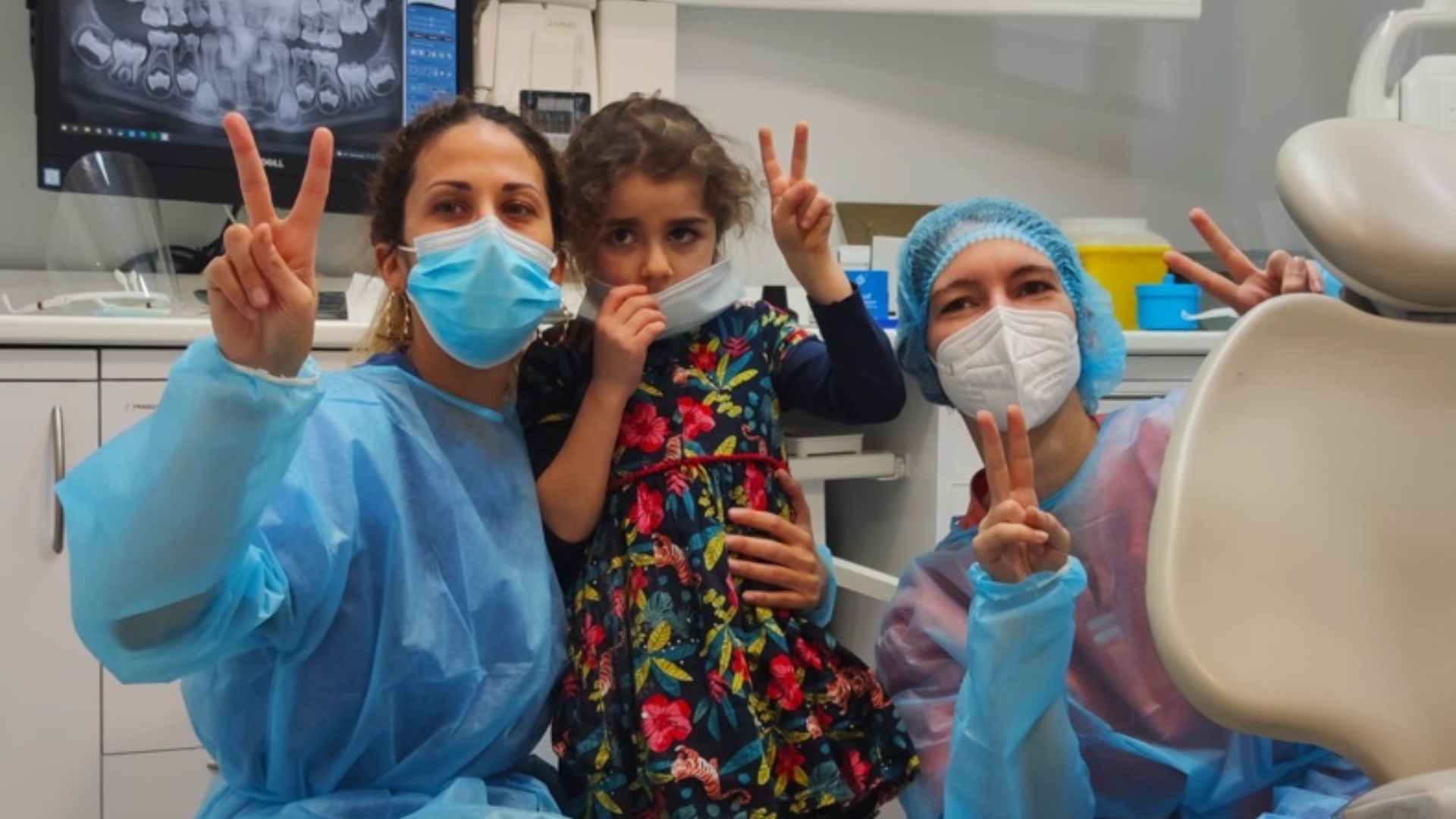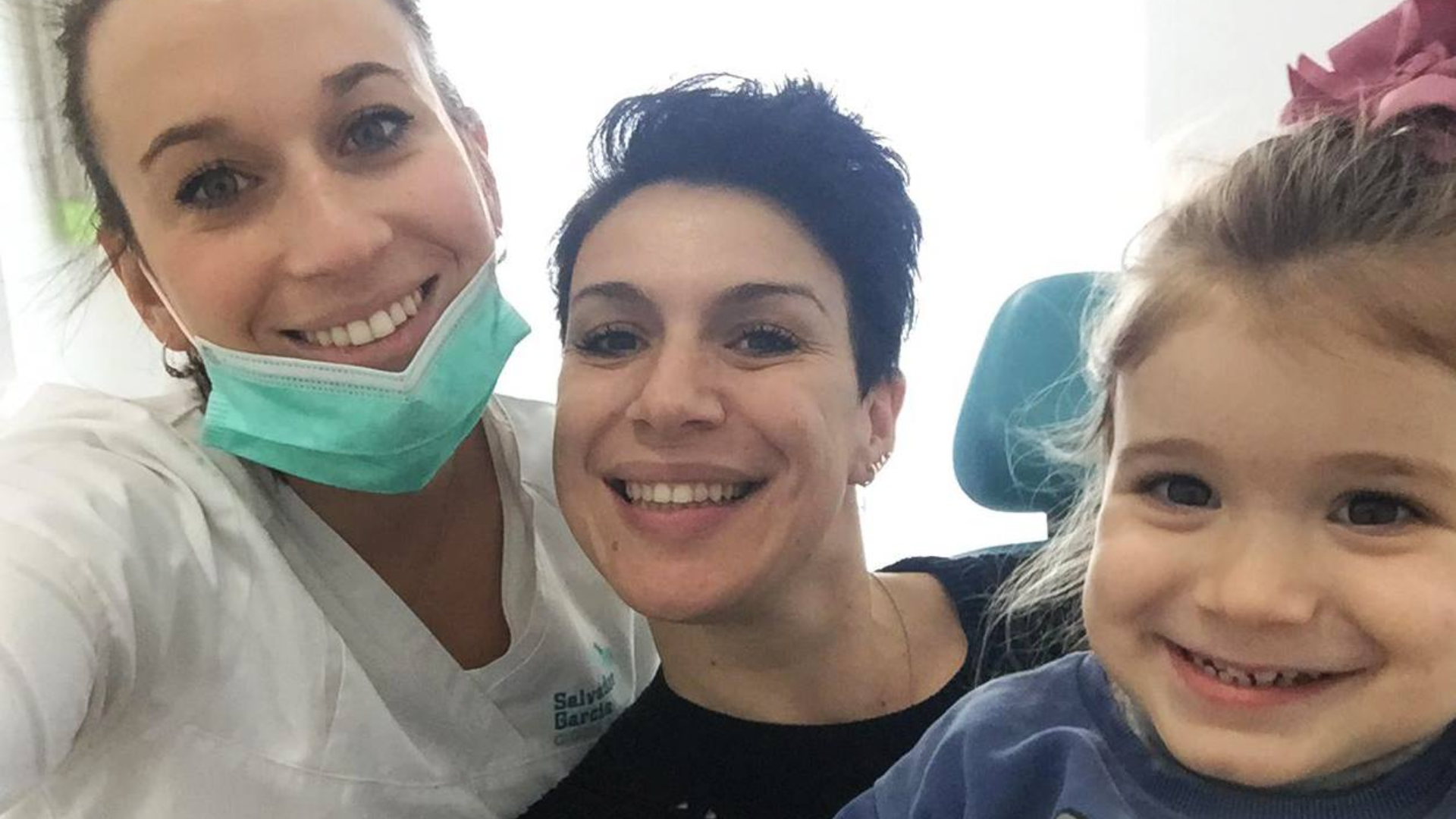Diastema: Understanding, Causes and Cultural Impact
A diastema, commonly referred to as a gap between teeth, is a dental condition that has intrigued, fascinated, and even defined the smiles of numerous individuals throughout history.
From famous smiles like Madonna’s to charming gaps in children’s teeth, this ‘issue’ has a unique place in the world of dentistry.
In this article, we will delve into its causes, its cultural significance, and the various treatment options available.
Understanding Diastema: What Is It?
It’s a space or gap between two adjacent teeth, most often found between the two upper front teeth (maxillary central incisors). However, it can occur between any two teeth in the mouth. This gap can vary in size and is typically more noticeable when it occurs in the front teeth.
Why Does It Happen?
It can result from various factors, and the cause may differ from one individual to another. Some common causes and contributing factors include:
1. Genetics: Genetics play a significant role in dental development, and some people may inherit a gap between their teeth from their parents.
2. Tooth Size Discrepancy: Disproportionately small teeth or a large jaw can lead to gaps between teeth.
3. Missing Teeth: Gaps may occur when one or more teeth are missing, allowing the adjacent teeth to shift and create spaces.
4. Gum Tissue Attachment: High or low attachment of the gum tissue to the teeth can influence the appearance.
5. Habits: Certain habits, such as thumb-sucking or tongue thrusting, can exert pressure on teeth and contribute to it.
6. Periodontal Disease: Gum disease can lead to the loss of bone support, causing teeth to shift and create gaps.
7. Oversized Labial Frenum: The labial frenum, the band of tissue connecting the upper lip to the gum, can be oversized and extend between the front teeth, causing a gap.
Cultural Significance and Perception of Diastema
The perception of it varies across different cultures and time periods. In some cultures, a gap between the front teeth is considered attractive and unique. For example, in some countries, diastema is often admired and seen as a symbol of beauty.
Conversely, in other countries, the preference has typically leaned towards a more “perfect” alignment of teeth, with some individuals seeking orthodontic treatment to close a diastema. The perception of beauty varies significantly from one culture to another and even among individuals within the same culture. The global beauty industry is increasingly recognizing the importance of diversity and inclusivity. As a result, there is a shift toward celebrating unique features and embracing individuality.
Treatment Options for Diastema
The decision to seek treatment is highly personal and can be influenced by cultural norms, individual preferences, and dental health considerations. Here are some common treatment options:
1. Orthodontic Treatment:
- Braces or clear aligners can be used to close the gap between teeth gradually. This approach is effective for most diastema cases.
2. Dental Bonding:
- Dental bonding involves applying a tooth-colored resin material to the gap, shaping it to match the surrounding teeth, and then hardening it with a special light.
3. Veneers:
- Veneers are thin shells of porcelain or composite resin that are custom-made to cover the front surface of teeth. They can be used to close gaps and improve the appearance of teeth.
4. Dental Implants or Bridges:
- When diastema is caused by missing teeth, dental implants or bridges can replace the missing teeth and close the gap.
5. Surgery:
- In some cases, surgical procedures may be recommended, such as removing excess gum tissue or repositioning the labial frenum.
6. Retainers:
- After orthodontic treatment, wearing retainers can help maintain the results and prevent the gap from reappearing.
The Decision to Embrace or Address It
Ultimately, the decision to embrace or address it, depends on individual preferences and considerations. Some individuals view their gap as a unique and endearing feature of their smile, while others may choose to seek treatment for cosmetic reasons or to address underlying dental health issues.
It’s important to consult with a dentist or orthodontist to discuss the available treatment options and determine the most suitable approach based on the individual’s goals and dental condition. With modern dental techniques and treatments, individuals have the freedom to decide whether to keep or close their diastema, celebrating the diversity and uniqueness of smiles around the world.




